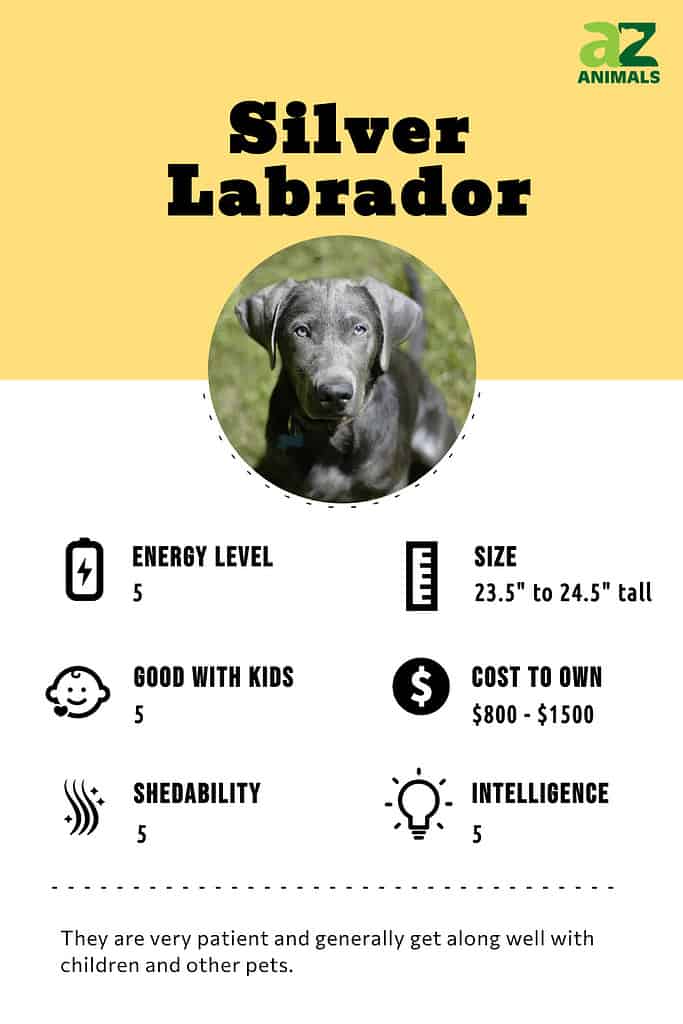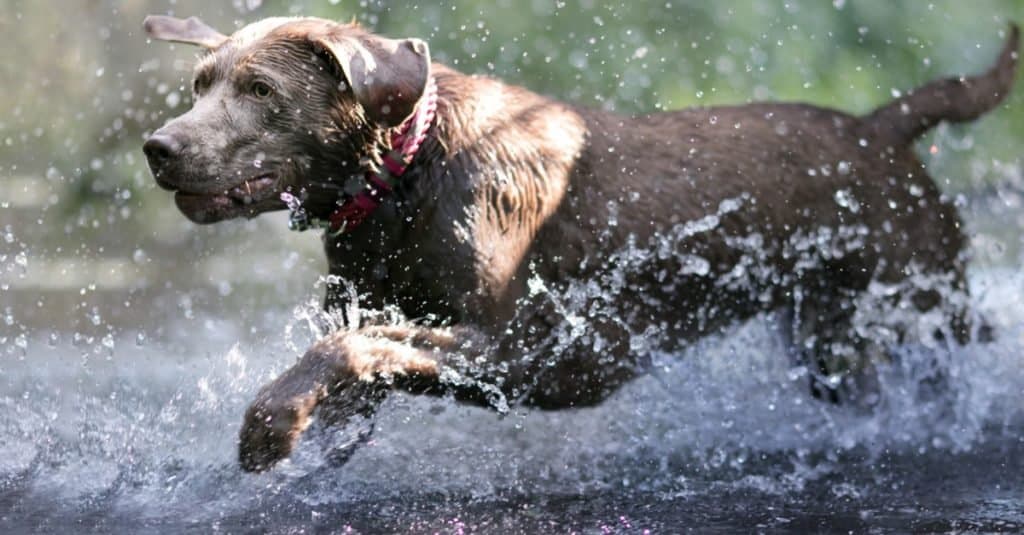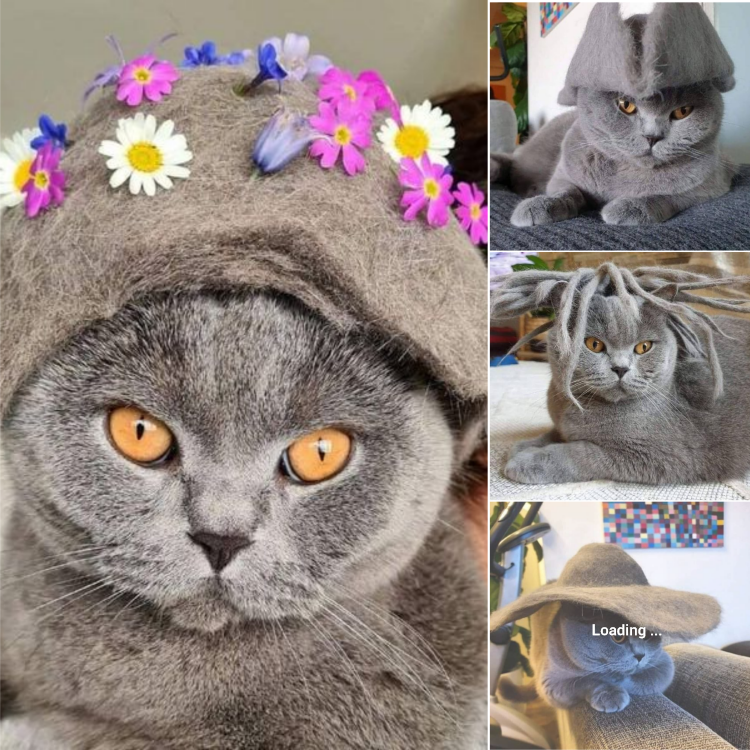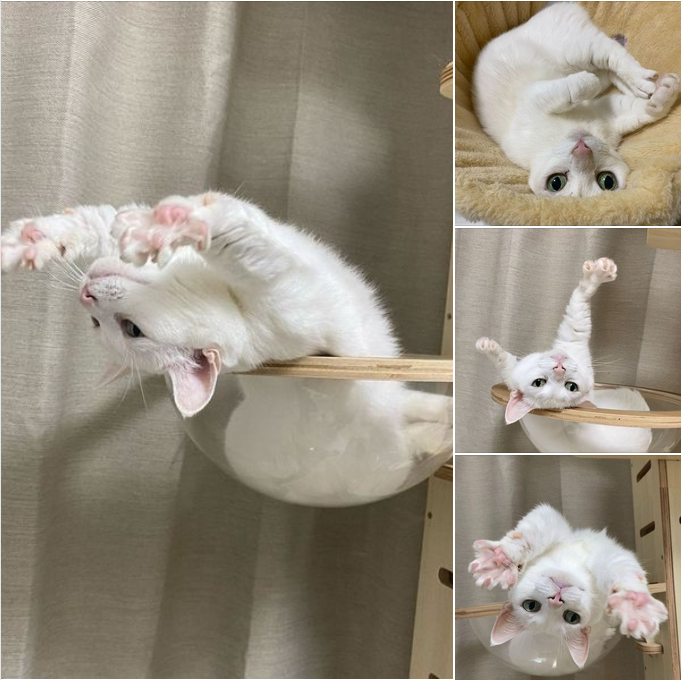For many years, Labradors have been at the top of the list of the most popular dog breeds according to the American Kennel Club (AKC). Silver Labradors, along with the more common yellow, chocolate, and black Labradors, are also gaining popularity. The main distinction of Silver Labradors is their unique grayish-blue coat and blue eyes when they are young. Just like their counterparts in other colors, these medium to large-sized dogs are beloved for their friendly, lively, and faithful nature. Silver Labradors, sometimes mistaken for Chocolate Labradors, have a dilute gene that sets them apart genetically. This gene causes their coat color to appear in a lighter or diluted shade, hence the name. While many dog breeds may carry the dilute gene, it is relatively new in Labrador retrievers, making Silver Labradors rare until recently. This may be why they are still often classified as Chocolate Labradors. As social animals, Silver Labradors require plenty of exercise to stay happy and healthy.

The Silver Labrador is a unique and unusual dog breed, known for its distinctive coat color that comes from a rare combination of recessive genes. Despite the breed’s popularity, some owners may face unpleasant reactions from individuals who feel that Silver Labs are not true to the breed standard. On the positive side, Silver Labradors are playful and family-friendly, making them great companions for active owners and well-suited for households with children. They are as lovable and trainable as any other Labrador, responding well to positive reinforcement in training sessions. However, potential owners should be aware of the possible risk of color dilution alopecia (CDA) in Silver Labs, which can lead to skin issues and hair loss. Additionally, finding responsible breeders for this particular breed may prove to be challenging, as ethical breeders may limit the number of litters a female Labrador can produce before retirement. In conclusion, owning a Silver Labrador comes with both positives and negatives, making it important for potential owners to weigh the benefits and drawbacks before bringing one of these unique dogs into their home.

The silver labrador is not an officially recognized color for the breed, but it has a unique history dating back to the 1800s. Originating in Newfoundland, Canada, these dogs have ancestors in the St. John’s water dog, which was bred with British hunting dogs to create the labrador retriever. While the recognized colors are black, yellow, and chocolate, silver labradors are registered under the color chocolate in the US. When it comes to health and entertainment for your silver labrador, it’s important to consider their size and weight. Full-grown males typically weigh between 55-80 pounds, while females are a bit lighter at 45-70 pounds. Their standard height is between 23.5-24.5 inches tall at the shoulders. In terms of common health issues, silver labradors can suffer from hip/elbow dysplasia, patella luxation, color dilution alopecia, and follicular dysplasia. It’s essential to find reputable breeders and monitor your dog’s health to prevent these conditions. Despite these risks, silver labs generally have a decent lifespan of 10-14 years. The temperament of a silver lab is known to be sweet, playful, and loyal. They enjoy interacting with the whole family and other animals and make fantastic pets when socialized young. To take care of a silver labrador, provide them with physical and mental stimulation to avoid restlessness and destructive behavior. When it comes to food, high-quality, protein-rich options like Victor Super Premium Dog Food are recommended for both puppies and adults. Overall, silver labradors are loving, fun, and energetic dogs that make great companions with proper care and attention.

VICTOR Super Premium Dog Food ACTIVE DOG NUTRITION: Designed for adult dogs with high energy levels, VICTOR Performance Dog Food is packed with nutrients to promote stamina and endurance in active pets. HIGH PROTEIN FORMULA: This gluten-free dog food contains 26% protein and a variety of proteins to support digestion, immune function, and healthy skin and coat. JOINT HEALTH SUPPORT: Formulated with glucosamine and chondroitin, VICTOR Performance dog food helps maintain hip and joint health in active adult dogs. EXCLUSIVE VPRO BLEND: Each VICTOR dog food formula features a proprietary mix of supplements, vitamins, and minerals to maximize the potential of every dog, regardless of age, breed, or activity level. MADE IN THE USA: Proudly produced in Texas, VICTOR kibble is crafted with high-quality ingredients sourced from local ranches, farms, and trusted suppliers. Maintenance And Grooming Start brushing your Silver Labrador puppy early to make grooming easier as they grow. Regular brushing is important for Silver Labs, who may shed frequently. Use a bristle body brush to remove dry skin and distribute oils. If your dog has coat-related health issues, a vet may recommend special shampoos or ointments. Avoid over-shampooing in the winter to maintain natural oils and waterproof qualities of their double coat. Bathing your adult Silver Lab once a month is a good routine to follow, but puppies may need more frequent baths for familiarity and ease of handling. Training

Silver Labs require consistent training sessions along with daily exercise to keep them happy and healthy. Labradors are known for their trainability, especially when it comes to using food and treats as positive reinforcement. However, it’s important to monitor their calorie intake to prevent overeating. It’s recommended to keep training sessions short but frequent to maintain their attention span and reinforce the lessons effectively. For Silver Labs, training can be a fun daily activity for both the dog and the owner. In terms of exercise, full-grown Silver Labs need at least 60 minutes of vigorous physical activity each day, such as walking, jogging, running, playing, or swimming. They thrive in active families who enjoy outdoor activities like hiking and playing fetch. Due to their high activity level, apartments and small spaces may not be ideal for Silver Labs. When it comes to puppies, they are energetic and require even more playtime and training to keep them occupied. Despite their bounciness, Silver Lab puppies are affectionate, trainable, and make excellent family pets.

Silver Labrador puppies are known for their high energy levels, requiring more exercise than adult dogs. When it comes to children, Silver Labs are best suited for those over the age of five due to their active nature. Although they can get along with younger kids, having older children around ensures the happiest companionship. If you have toddlers, it’s best to have an older, calmer lab around to avoid accidental knocks. Similar dog breeds to Silver Labradors include the Labmaraner, Golden Retriever, and German Sheprador. Labmaraners are a European crossbreed of Labrador Retriever and Weimaraner, sharing qualities with Labs. Golden Retrievers, a popular breed, are easy to train but shed a lot. German Shepradors, a North American breed, are athletic and similar in size to Silver Labs. As for popular names for Silver Labs, options like Atlas, Blueberry, and Luna are trendy choices for grey dogs. Other names like Dusty, Greyson, and Storm are also popular among owners.



